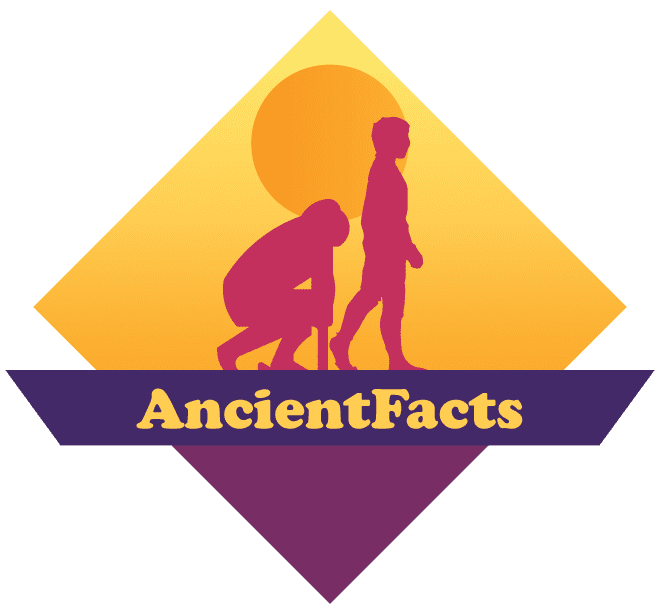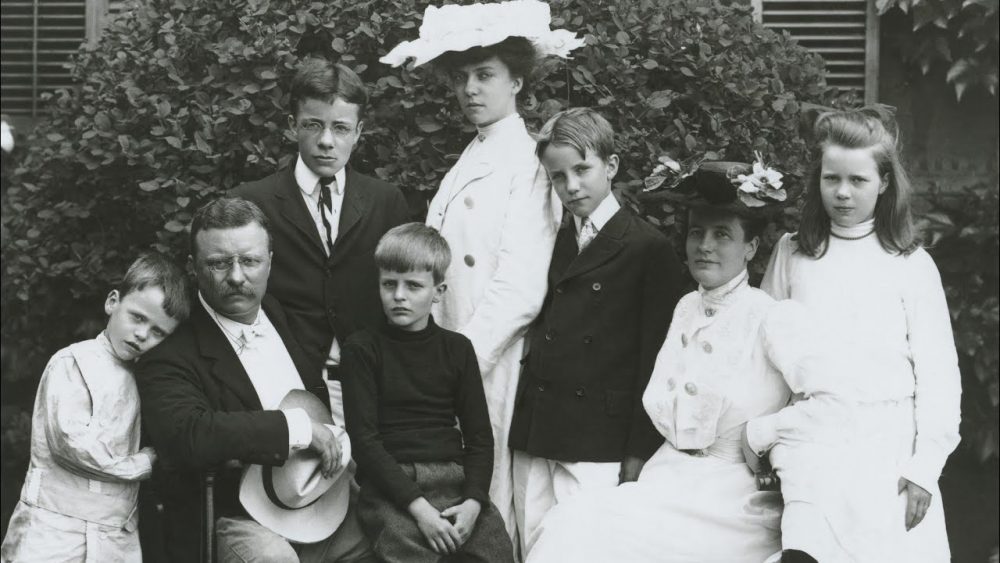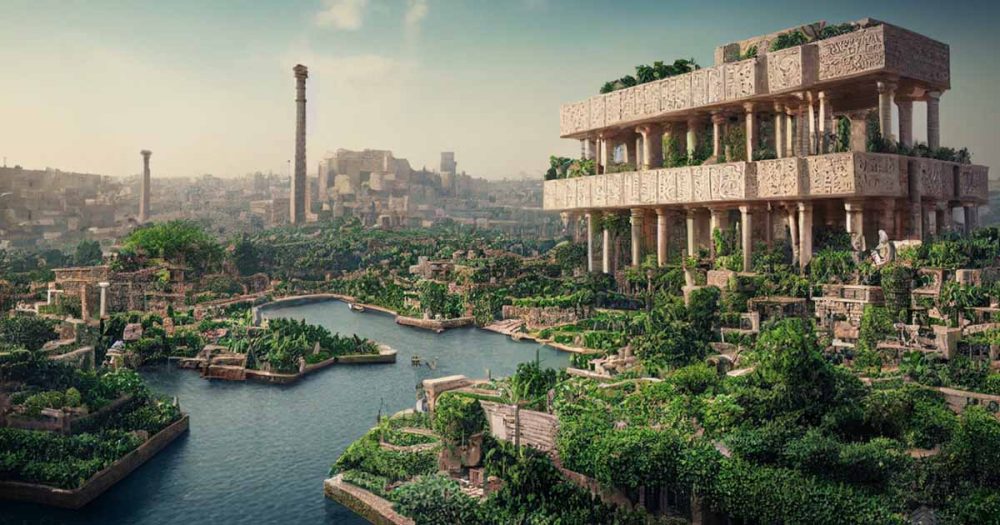Have you ever heard of an ancient kingdom named Urartu? Unless you’re a history major, chances are you never knew such a kingdom ever existed. This old-age monarchy spanned modern-day Turkey, Armenia, and Iran. And only recently, archaeologists managed to unearth a 2800-year-old castle linked to the kingdom.
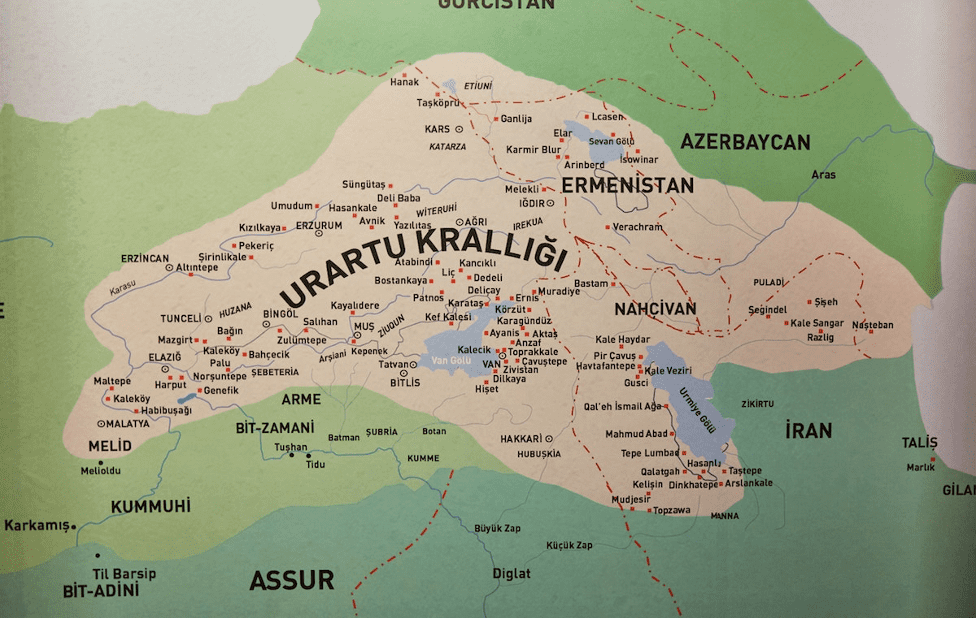
Sailingstone Travel | A map of the Urartu civilization between the 9th and 7th century BC
More on the Discovery
Eastern Turkey’s Van province hosts the Gürpınar district, where this discovery was made. Funded by Van Yuzuncu Yil University, an exceptional excavation project was launched on the mountains in the vicinity bearing an altitude of over 8,000 feet. An employee of the university and excavation leader Rafet Çavuşoğlu states that the castle was evidently used most in the Middle Ages. However, just like the Van Castle, built between the 9th and 7th centuries BC, this discovery dates back to the Urartian era. Highlights include remains of walls made from sandstone and limestone rock, as well as some ceramic artifacts.
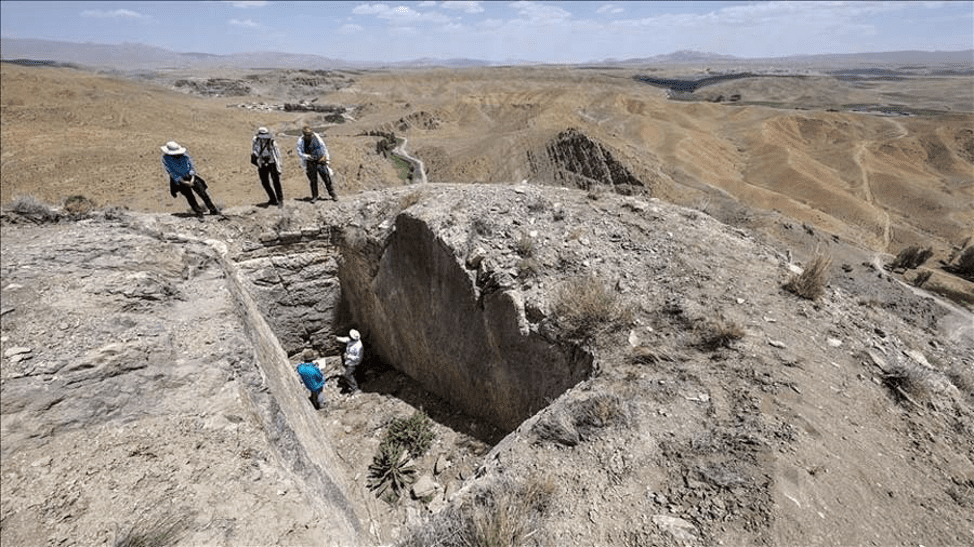
AA | The center of interest in this discovery is a large cistern within the castle measuring 21 feet long, 21 feet deep, and 8 feet wide
Inside the Kingdom of Urartu
Encyclopedia Brittanica states that the kingdom was located southwest of the Caspian Sea and southeast of the Black Sea. This ancient civilization is known to have first emerged around the 13th century BC. During the 9th and 8th centuries, until the monarchy ran into issues with the Assyrian Empire, they were known to have wielded magnitudes of political supremacy in the Middle East.
The kingdom seemingly vanished into thin air in the 7th century BC. Though experts do not give particular causes for the dissemination of the empire, the most likely reason may be an invasion by the Medes, Scythians, or Cimmerians. It wasn’t until the 19th century that historians uncovered evidence of the Urartu civilization.
The architectural projects left behind by the Urartians are by far their most impressive feature. These include ornately decorated temples and an irrigation canal over 50-mile-long. One of the most popular motifs used at the time was of the lion, which is often found outfitted on their religious structures.
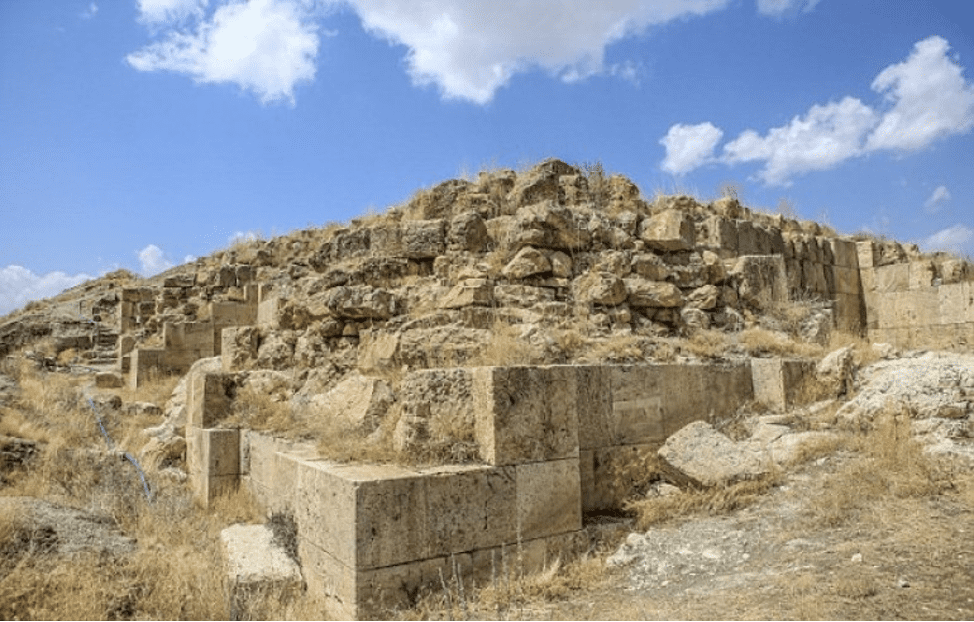
Anadolu | Owing to the number of strong earthquakes the region endures, very few structures have survived over the years
Wrapping It Up
The discovery is cause for excitement both within the team and the country. Just like the other heritage sites discovered before this linking to the enigmatic kingdom, the castle will be preserved and transformed into a tourist destination and cultural hotspot.

